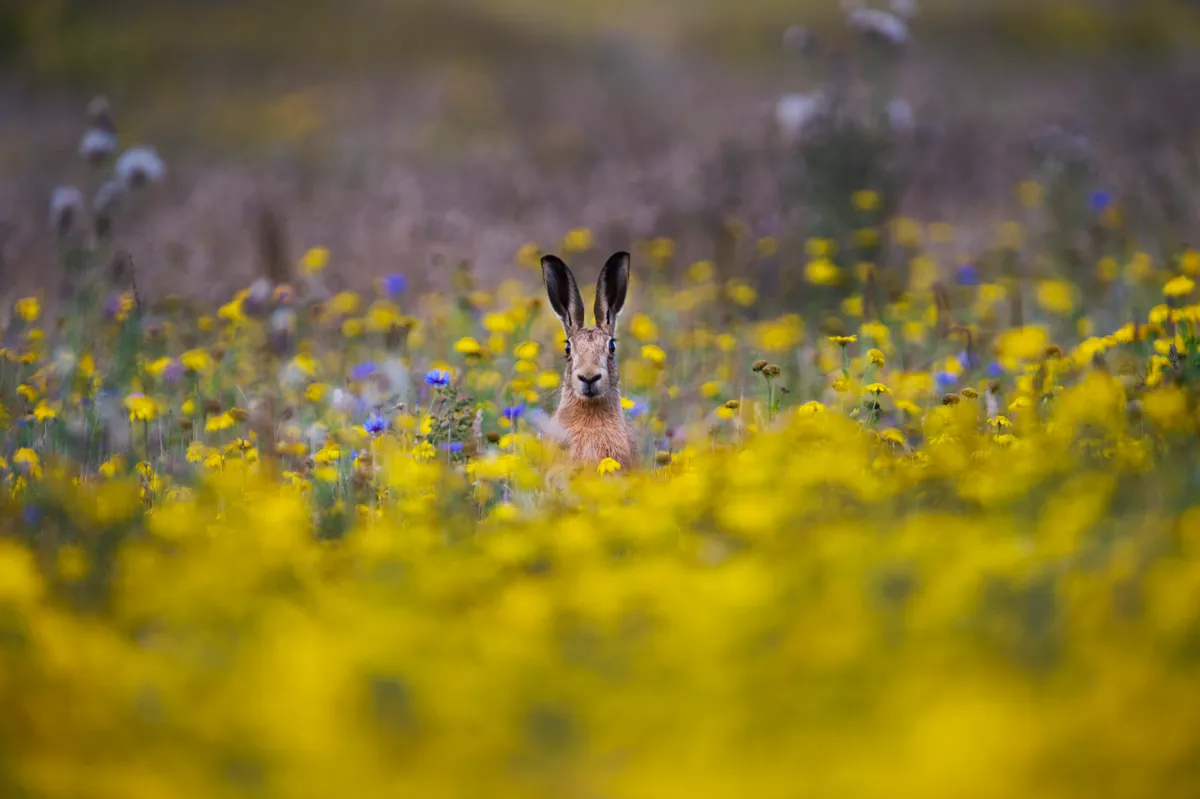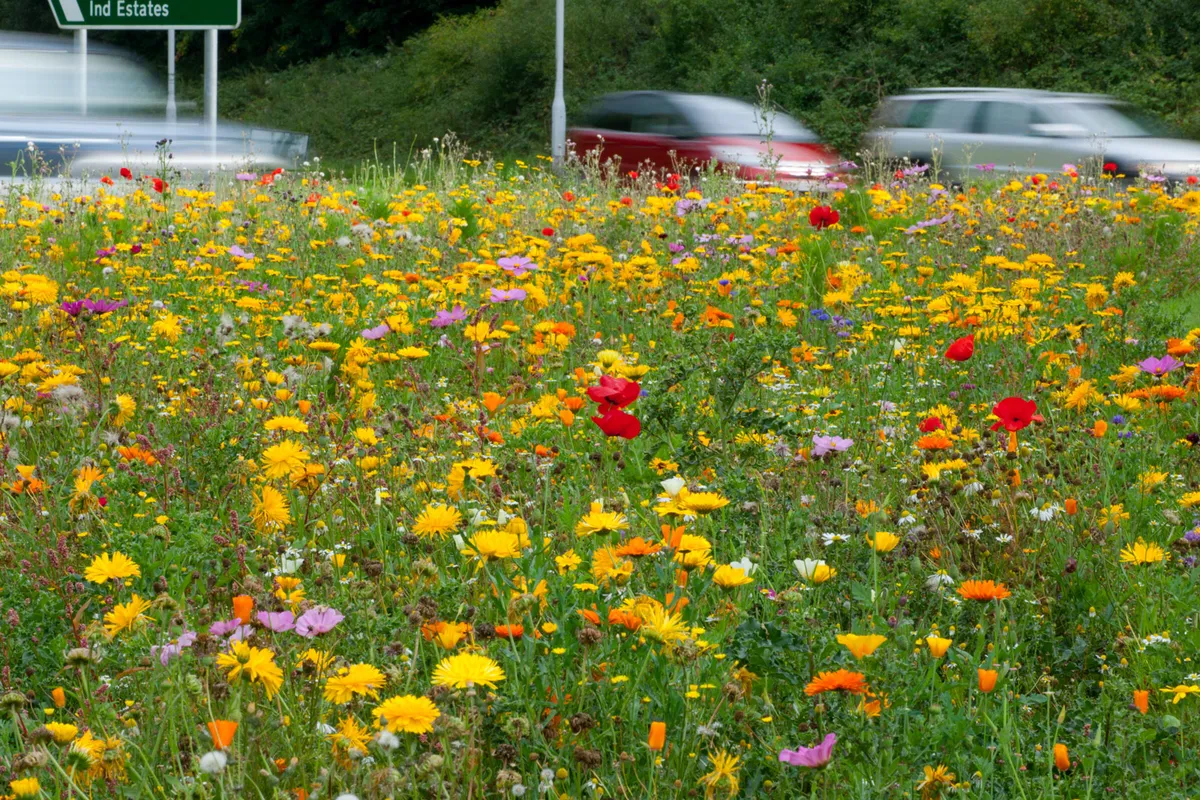60 'Coronation meadows' have been unveiled across the country as part of a Coronation anniversary campaign by the Prince of Wales. The aim is to conserve rich grassland meadows and restore threatened and disappearing ones over the next three years.
97 per cent of the UK’s wildflower meadows have steadily declined on a continuous basis since the 1930s, which consequently has had detrimental impacts on the plant species and wildlife that depend upon them.

A report from charity Plantlife revealing the wildflower losses over the past 60 years impelled and inspired Prince Charles to help protect local significant landscapes, and support threatened native plants.

Importantly, the project marks the Queen’s 60th anniversary on the throne. The British meadows project objectives will be to pinpoint a meadow in every county through the UK, and either restore or re-establish these sites. Organisers plan to map areas of flower-rich meadows that still remain across the country.
Prince Charles told the Daily Mail: "This year we are celebrating my mother's coronation, so surely there is no better moment to end this destruction and to stimulate a new mood to protect our remaining meadows and to use them as springboards for the restoration of other sites and the creation of new meadows right across the UK."
Meadows remain important to wildlife today, providing hay and bedding for rural animals and grass and flowers are vital for a large proportion of the insect and butterfly population.
Wildlife Trusts spokeswoman Anna Guthrie told the BBC that, over the years, advances in farming techniques such as ploughing, drainage and the increasing use of fertilisers and herbicides has contributed gradually to the loss and decline of British meadows.
The three wildlife organisations also plan to take seed and green hay from selected meadows to recreate new ‘man-made’ ones so that by the end of this year one Coronation meadow will be officially named in each county.

The Coronation meadows will serve their new purpose as ‘donor’ meadows, a strategy the Wildlife Trusts says, which will help support nursing regional characteristics of each meadow back to health. Different counties contain different species of plant and flower unique to that region and "cannot be reproduced with generic wildflower seed" the Wildlife Trust told the BBC.
The report from Plantlife concluded that 10 wildflower species have been lost from the British countryside since the Queen came to the throne in 1953.
Rare flowers and the greater butterfly orchard have decreased by almost half, as well as adder’s tongue ferns, moonwort and frog orchids. Many of these species are thought to be disappearing regionally at a rapid rate of up to one species per annum. Common types such as meadow buttercups, cowslips, red clover and oxeye daisies are also at risk.
Plantlife's Chief Executive Victoria Chester told the Daily Mail: "Coronation meadows are both a celebration and a pledge to our children and grandchildren, using the floral riches of the past to create meadow gems for the future."